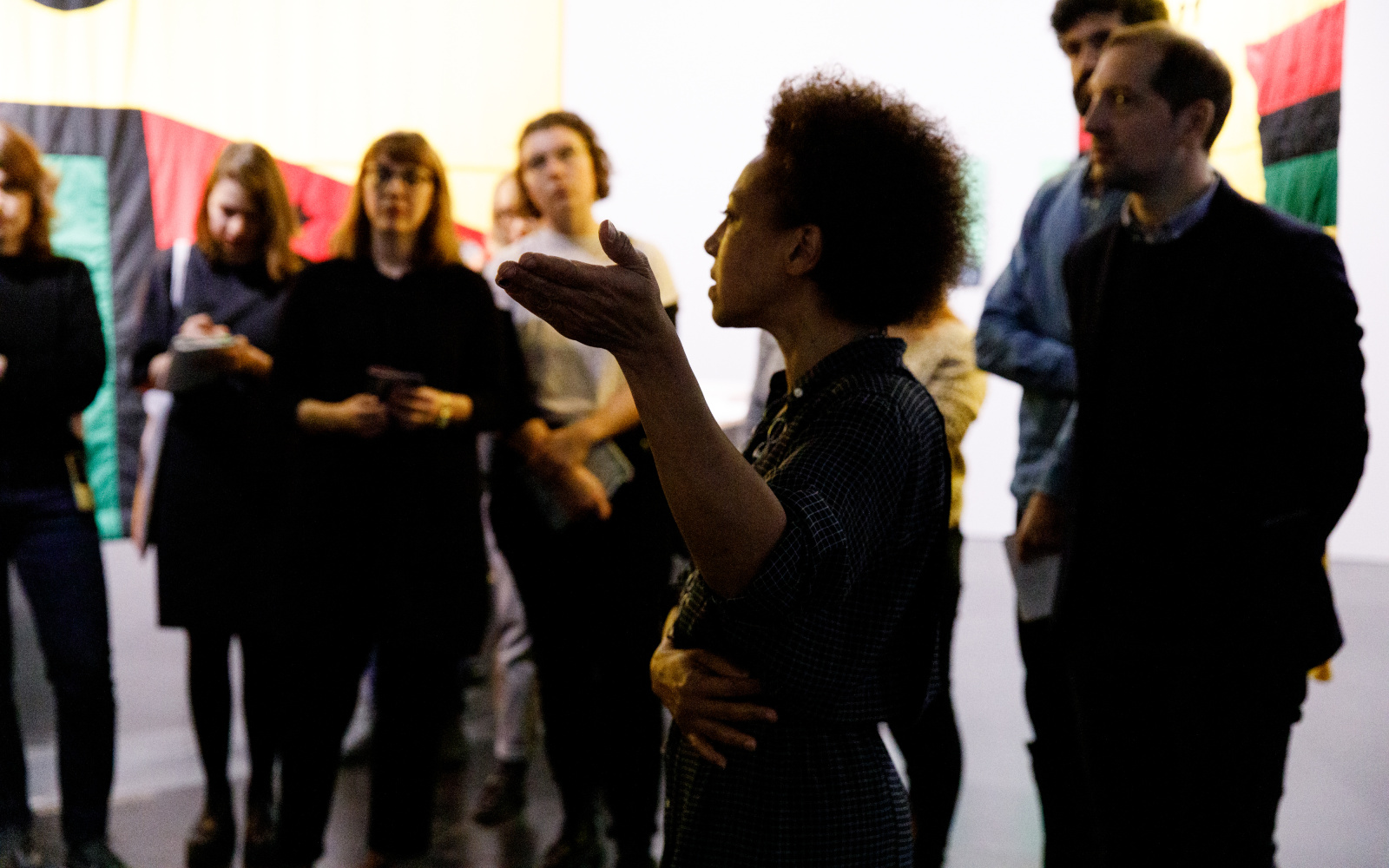Führung
Ein_Blick
So, 13.01.2019 16:00 – 17:00 Uhr CET
ohne Anmeldung, für Einzelpersonen und Familien - begrenzte Teilnehmenden Zahl!
Entdecken Sie gemeinsam mit unseren KunstvermittlerInnen die Ausstellungen in Lichthof 1+2.
Information
-
Tel: +49 (0) 721/8100-1990
Fax: +49 (0) 721/8100-1999
E-Mail: fuehrungen@zkm.de -
Sie erreichen uns Montag und Dienstag von 13:00–18:00 Uhr, sowie Mittwoch bis Freitag von 09:00–13:00 Uhr.
Organisation / Institution
ZKM | Karlsruhe
Begleitprogramm
